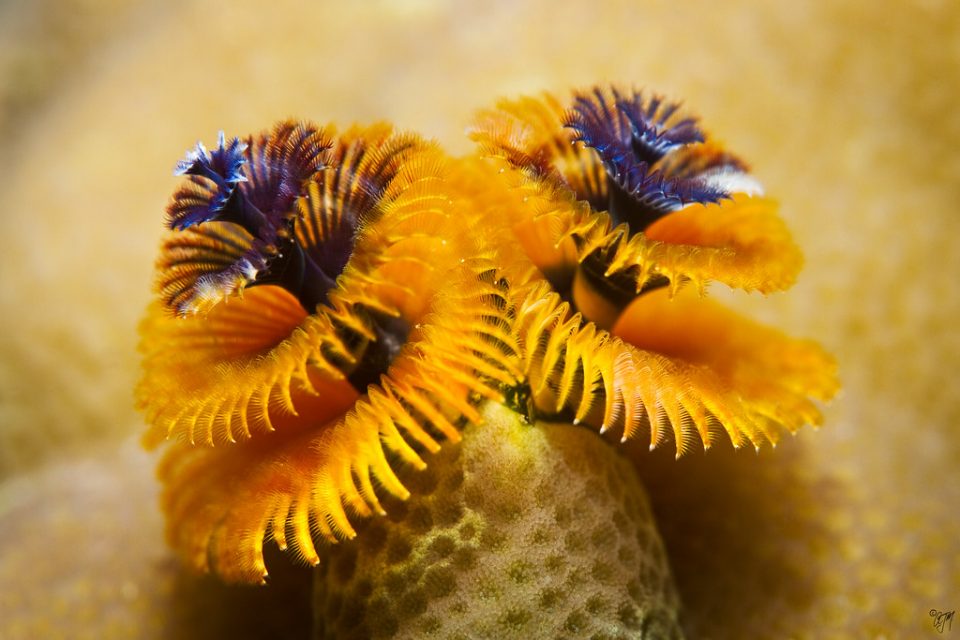
Christmas in the Ocean: The Marvel of Christmas Tree Worms
Today, I want to introduce a fascinating group of worms that are particularly relevant during the Christmas season. Known as Christmas tree worms, these marine annelids belong to the family Serpulidae. They are renowned for their radiolar crowns and their habit of dwelling within calcareous tubes attached on […]





